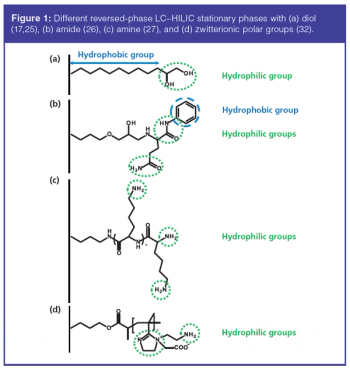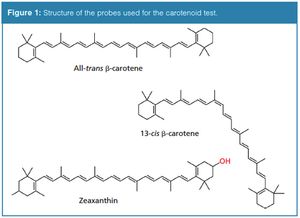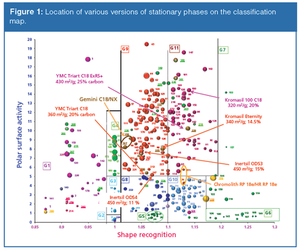
Mixed-mode high performance liquid chromatography (MM-HPLC) involves the combined use of two (or more) retention mechanisms in a single chromatographic system. Many original stationary phases have been proposed in recent years with promising possibilities, while applications have only started to appear in the literature. In this review, the authors discuss mixed-mode chromatography stationary phases. An overview of applications using mixed-mode chromatography is described, as well as the increased interest in mixed-mode systems for two-dimensional chromatography.









